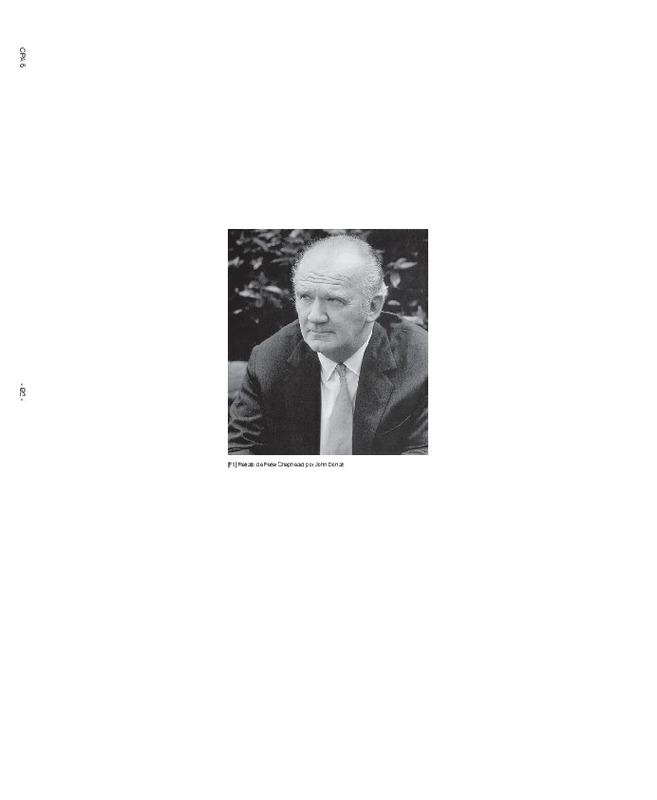|
Resumen:
|
[EN] After the Second World War, Modernism started to debate his continuity or crisis. This led many
architects and critics to formulate theories and take up breaking disciplinary attitudes against that time.
One of them ...[+]
[EN] After the Second World War, Modernism started to debate his continuity or crisis. This led many
architects and critics to formulate theories and take up breaking disciplinary attitudes against that time.
One of them was the English architect, urban planner and landscape designer Peter Shepheard who
developed a professional, theoretical and academic career where the concept in between got relevance
as one of the defi ning keys of the architectural design in the second half of the twentieth century.
To Shepheard modern design should be the encounter between architecture, urbanism and landscape.
This claim was preceded by different types of architectural works, urban projects, articles and
publications on landscape design and garden which made him a leading voice in the British context.
Shepheard encouraged landscapers architects to convince themselves that the three disciplines converge
into one. The responsibility of the young profession of landscape architecture was to assume
the challenge for the architectural, urban and landscape design as a whole and in the search for and
defi nition of intermediate spaces between the architecture and the landscape.
[-]
[ES] Acabada la Segunda Guerra Mundial, el Movimiento Moderno se debatió entre su continuidad o crisis,
lo que llevó a numerosos arquitectos y críticos a formular teorías y adoptar actitudes disciplinares
trasgresoras ...[+]
[ES] Acabada la Segunda Guerra Mundial, el Movimiento Moderno se debatió entre su continuidad o crisis,
lo que llevó a numerosos arquitectos y críticos a formular teorías y adoptar actitudes disciplinares
trasgresoras con el momento. Una de ellas fue la del arquitecto, urbanista y paisajista inglés Peter
Shepheard quien desarrolló una actividad profesional, teórica y docente de la que se trasluce la
relevancia del concepto in between como una de las claves defi nitorias del diseño arquitectónico en
la segunda mitad del siglo XX. Para Shepheard el diseño moderno debía ser el encuentro entre la
arquitectura, el urbanismo y el paisaje. Aseveración que vino precedida por diferentes tipos de obras
arquitectónicas, proyectos urbanos, artículos y publicaciones sobre el diseño del paisaje y del jardín
que le convirtieron en una voz de referencia en el contexto británico. Shepheard alentó a los paisajistas
a convencerse de que las tres disciplinas anteriores convergen en un sola y que la responsabilidad
de la joven profesión de arquitecto del paisaje es asumir el reto del diseño arquitectónico, urbano y
paisajístico como un todo en la búsqueda y defi nición de espacios intermedios entre la arquitectura y
el paisaje.
[-]
|







